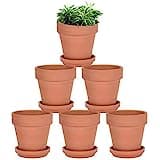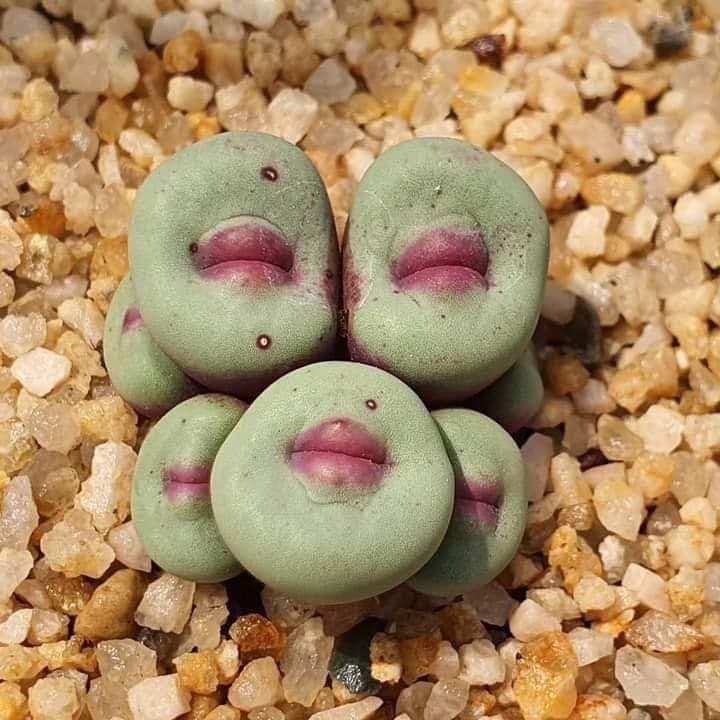Crassula
Posted by Grace on February 28, 2022
Crassula is a large genus of succulent plants native to South Africa. They are part of the Crassulaceae family and are prized for their unique, sculptural foliage and showy, star-shaped flowers.
Quick Facts
- Native habitats: South Africa 🇿🇦
- Family: Crassulaceae
- Water: Once or twice a month. Allow soil to soil to dry out before next watering
- Sunlight: They need some shade in summer but require bright light to keep vibrant color. Avoid full sun all day, otherwise the leaves may scald.
- Dormancy: Autumn and winter
Types of Crassula
Crassula comes in a wide range of shapes, sizes, and colors, making it a versatile and popular choice for succulent gardeners.
Some of the most popular types of Crassula include:
- Crassula Ovata (Jade Plant): A classic, tree-like succulent with fleshy, oval leaves and delicate pink or white flowers.
- Crassula Perforata (String of Buttons): A trailing succulent with tiny, circular leaves arranged in a string-like fashion.
- Crassula Falcata (Propeller Plant): An upright succulent with fan-like leaves arranged in a rosette.
- Crassula Muscosa (Watch Chain Plant): A trailing succulent with tiny, triangular leaves arranged in a chain-like pattern.
Growing and Caring
Crassula is a low-maintenance and easy-to-grow succulent that is well-suited for gardeners of all levels. They prefer well-draining soil and bright, filtered light, although some species can tolerate full sun. It is important to avoid overwatering Crassula, as this can lead to root rot and other problems.
When growing Crassula, it is important to provide adequate space between plants to prevent overcrowding and to allow for proper air circulation. Crassula can be grown in containers or in the ground, and they are well-suited for rock gardens, succulent gardens, or as accent plants in mixed borders.
Propagation
Crassula can be easily propagated by removing offsets or by stem cuttings. To propagate by offsets, gently remove the offsets from the mother plant and plant them in well-draining soil. To propagate by stem cuttings, allow a stem cutting to callus over for a few days, then plant it in well-draining soil.
Need tools for succulent propagation and repotting? Here are my go-to tools: mini tool set (including syringe 💉, gloves 🧤, tweezers 🪤, dust blower 💨, tiny shovels 🛠️) and well-draining mix 🌱.Pests and Diseases
Crassula is generally low-maintenance and pest-free, but it can be susceptible to mealybugs, spider mites, and scale insects. To prevent pest problems, it is important to maintain clean, well-draining conditions and to avoid overcrowding. If pests are present, they can be treated with an insecticidal soap or neem oil.
Watering
Crassula is drought-tolerant and can withstand long periods without water. However, it is important to provide adequate water during the growing season to ensure healthy growth and blooming. It is best to water Crassula thoroughly, then allow the soil to dry out before watering again. During the winter, it is important to reduce watering to prevent root rot.
Light Requirements for Crassula
Crassula prefers bright, filtered light and can tolerate some direct sun. However, it is important to protect it from intense afternoon sun, which can scorch the foliage. In areas with intense sun, it is best to provide some shade during the hottest part of the day to prevent damage to the leaves.
Crassula will also do well in areas with bright, indirect light. It is important to avoid low light conditions, as this can lead to leggy growth and poor foliage color.
By providing adequate light, Crassula will thrive and produce its signature star-shaped flowers.






